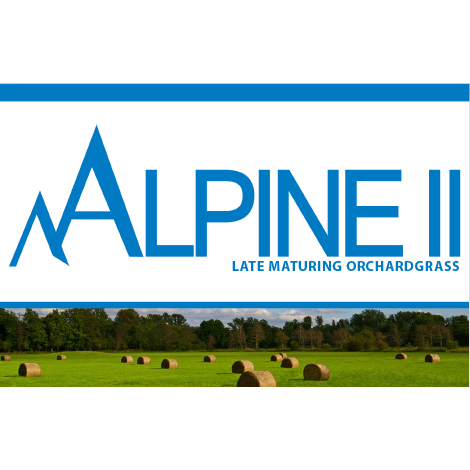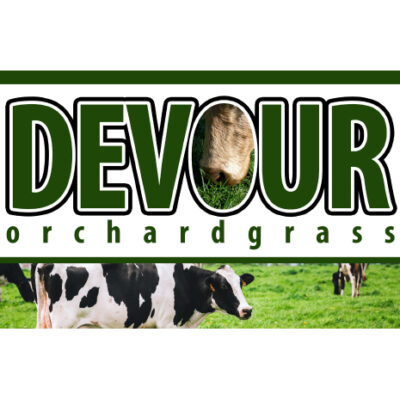Alpine II Late Maturing Orchard Grass
Late Maturing Orchardgrass
Alpine II Orchardgrass is a top-rated, very late-maturing orchardgrass. Late-maturing orchardgrasses can quickly become disease susceptible varieties with lower yield potential, which isn’t the case with Alpine II. It’s able to produce high-quality, disease-free forage later in the season, making it the industry’s go-to for very late orchardgrass, especially as a companion crop with alfalfa, red clover or other legumes. Alpine II performs well in university variety trials in Kentucky and Wisconsin, as well as New York and Pennsylvania. Alpine II Orchardgrass exhibits superb agronomic traits such as strong seedling vigor, quick establishment, and high winterhardiness as well.
Description
- Late maturity
- Excellent forage quality
- High yielding
- Improved disease resistance
- Good Seedling Vigor
- Use for hay or grazing
ESTABLISHMENT
Plant at a rate of 15-20lbs./ac. Proper seed bed preparation is essential. A soil sample will identify necessary inputs to achieve proper pH, P, K and other macronutrient levels (extension service or agronomy supplier can advise). Use of a non-selective herbicide will reduce weed competition; spray per label recommendation when crop is mature enough. No-till seeding is generally very effective. Avoid planting too deep. Irrigation to supplement seasonal moisture, if available, will insure best establishment and fill-in. Plants should be firmly established before grazing is allowed. Particularly in the first year, overgrazing can seriously reduce stand longevity.
MANAGEMENT
Proper management begins with correct fertilization. Soil sampling is a great tool to get baseline soil fertility inventory, especially on pH, organic matter, phosphorus, potassium and other macro and micro elements to best determine application rates based on soil maintenance and nutrient removal. Correct nitrogen application rates should consider organic matter, yield goals, stocking rate, etc. Your local agronomy input supplier or extension service can provide valuable regional information. Control broadleaf weeds as necessary.



